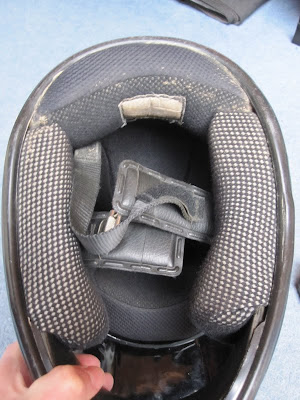


I visited The Villa Tugendhat when I visited the Czech city of Brno a couple of years ago as it is regarded as one of the most important buildings, both historically and architecturally, in the country. The Villa Tugendhat was designed and built in 1930 by German architect Ludwig van der Rohe for the Tugendhat family of Brno and is an early example of ‘functionalism’ in a building and modern architecture. Although the building and design is not to my personal taste it is easy to see why this building is so special and at the time really took peoples breath away. I was built using, what was then a revolutionary new technique (like a modern skyscraper), of a steel frame which meant there was no need for thick supporting walls. As a result of this the front and sides of the building are one solid window with a magnificent view overlooking Brno below it - the upper floors appearing to hover above it (see top picture). Other than the spacious feel of the building the other thing that struck me was the lack of any paintings or decorations on the wall – instead the house has been designed so that key feature walls and areas are made from special materials such as onyx (a polished stone which looks like marble) and wood from rare tropical trees. As I mentioned, the house is also of key historical importance – it was the venue of the 1992 meeting where Czechoslovakia was split into two separate nations – the Czech Republic and Slovakia. Two iconic pieces of furniture where also designed by Ludwig van der Rohe for the house – the Tugendhat chair and the Brno chair.
I did feel it was a shame though that the house, which was specifically designed to be a functional family home, was only lived in for eight years as the Tugendhats, who where Jewish, fled Brno in 1938 after Germany signed the Munich agreement.
The top photo is a scan of a postcard I bought whilst I was there – the other photos come from Wikipedia as you where not aloud to take photos whilst in the house.

















































